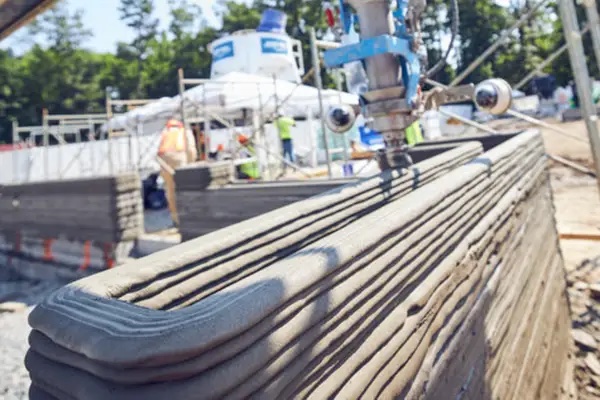
For years, 3D printing has captivated our attention because of the sheer possibility and impressive technology at play. Of course, we have certainly imagined the opportunity for architecture if 3D printing became a major player on the construction side of our world. Today, that vision is not just a reality, but is actually happening.
A home is currently for sale in Tampa, Florida (for just under $600,000) that will be built using 3D printing technology honed by a company called Alquist (Source). This particular home will be built utilizing printed concrete designed to withstand hurricane force winds, flood, and fire. “3D Concrete Printing (3DCP) utilizes an automated process of seamlessly layering concrete via robotic arms and technology, creating a solid, monolithic and impressive structure, while also minimizing waste up to 95 percent,” according to the real estate listing.
Sustainability is a key feature of many 3D printing construction projects, with a 100 percent bio-based 3D home recently unveiled at the University of Maine. The prototype includes 3D-printed floors, walls and roof of wood fibers and bio-resins. The house is actually completely recyclable and construction waste was nearly eliminated thanks to the precision of the process.
Scientists at NASA have taken note and awarded a $57 million contract to a company in Texas to build landing pads, roads, and shelters on the moon and eventually on Mars. These extraterrestrial bases already have prototypes in place, which will be used to coordinate simulated missions next year.
So, would you move into a 3D printed home? We are certainly game to design one…
